

BRITAIN


A century in scarlet





Rediscovering Britain’s red phone boxes
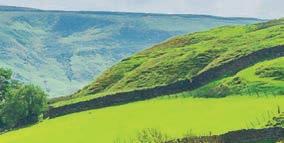



SPIRITS OF THE INN
Raise a glass to our most haunted pubs

When
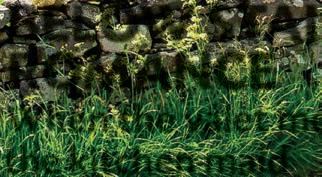








Agatha
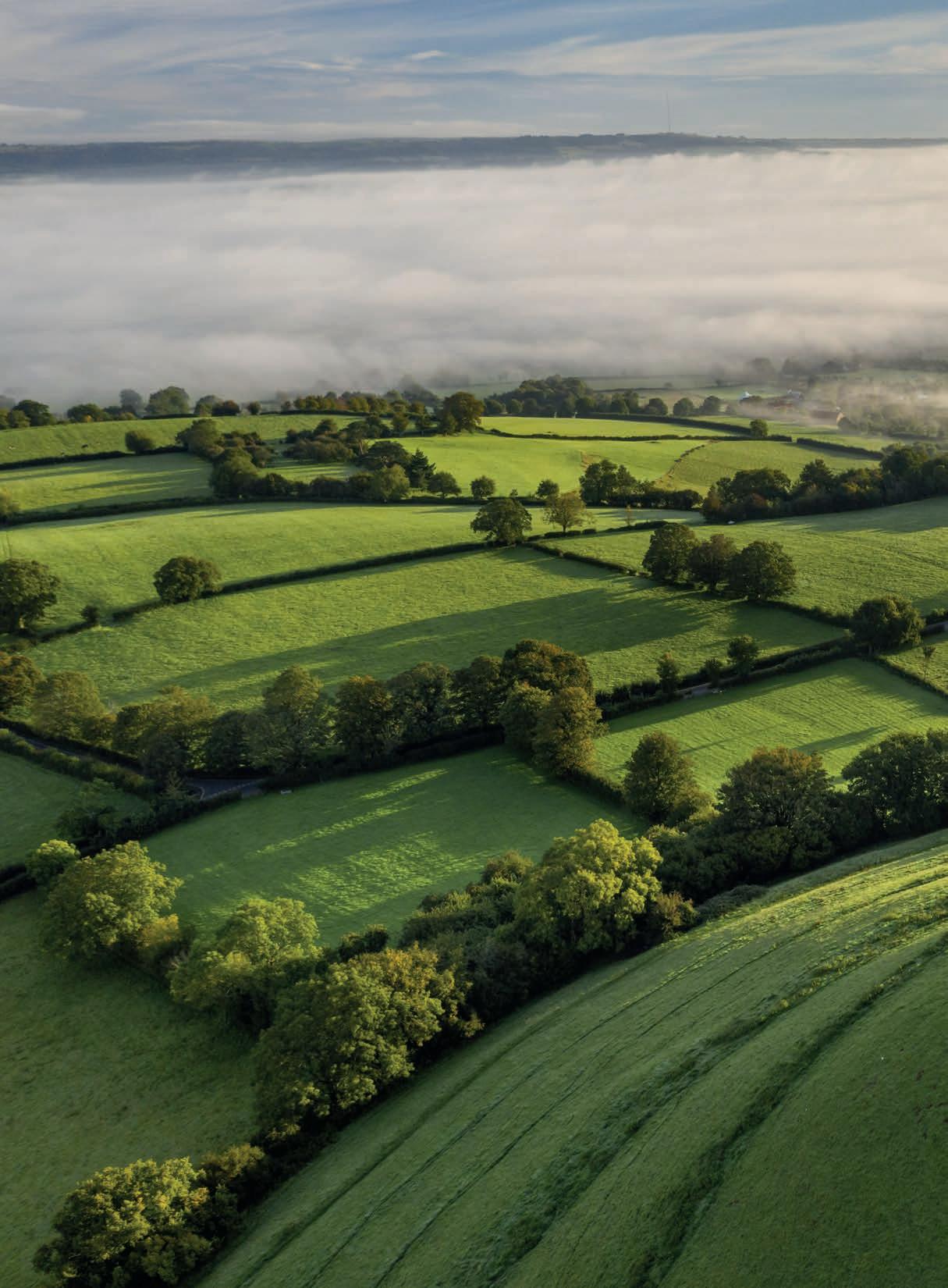
Go with the flow
The mystical Somerset Levels, steeped in Arthurian legend, are a tapestry of ancient paths and nature reserves where the past flows into the present with every ripple and reed WORDS RHIANNON BATTEN

M urder most British
Genteel country houses, quaint villages and eerie coastlines set the scene for Britain’s iconic crime writers, from Agatha Christie to modern masters of murder
WORDS NEIL JONES
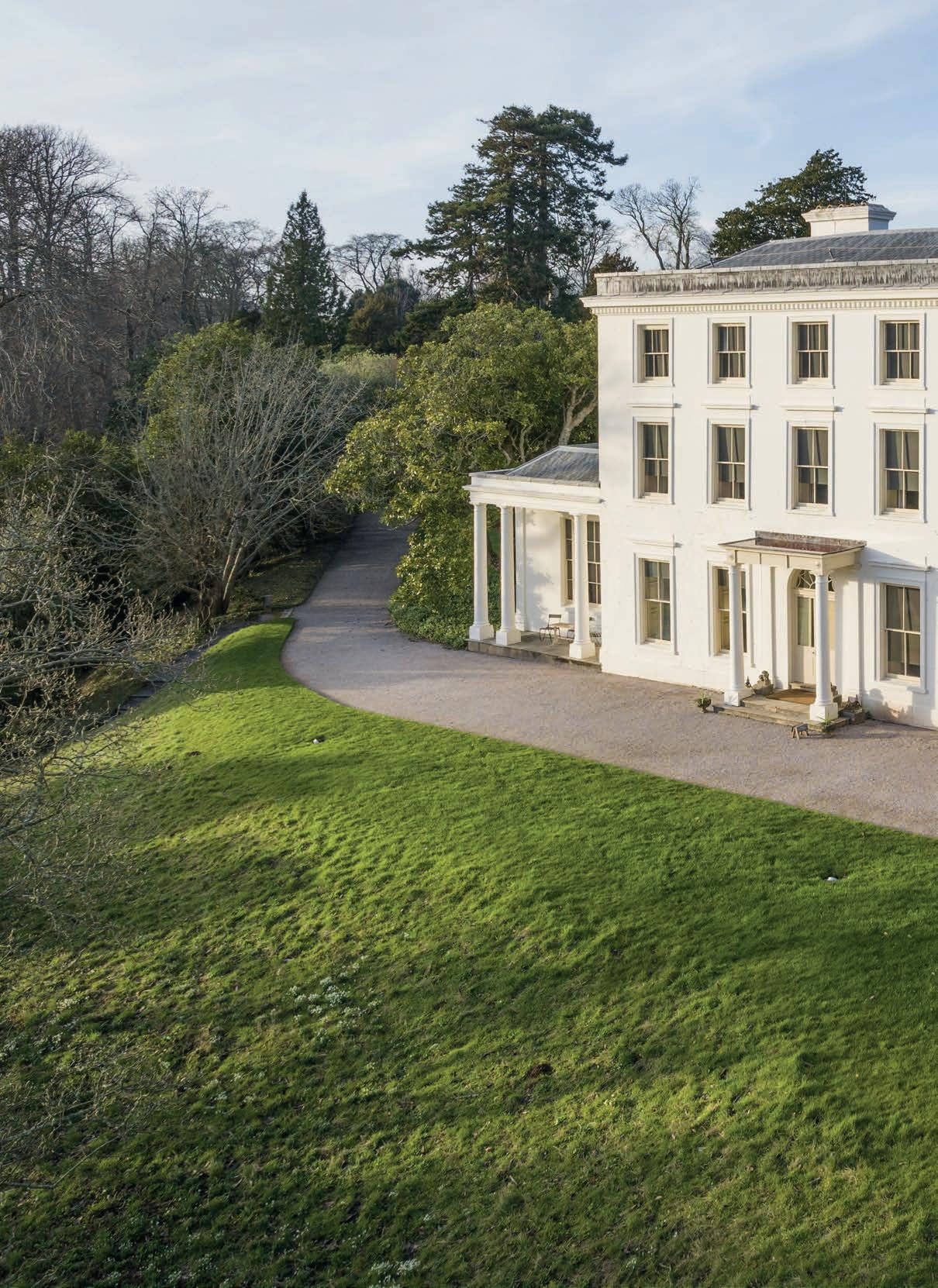






From top: Greenway, Agatha Christie's holiday home; publicity shot of the author in the 1950s
Fancy a taste of the paranormal with your pint?
There is nowhere better to search for a good ghost story than in the comfort of an ancient British pub. Cue phantom hands squeezing your shoulders; strange knockings behind the bar; exploding beer glasses; headless horsemen rushing past outside. The older and creakier the pub, the better.
Take the Spaniards Inn, in Hampstead, London, as famous for its ghosts as for its literary heritage. Mentioned in both Bram Stoker’s Dracula and Charles Dickens’ Pickwick Papers, here you’ll get the full coach and horses of swashbuckling spooks. The inn may be so named because the Spanish Ambassador to the Court of King James I of England used it as his country residence. In the lawless 18th century, the clientele was less illustrious; it became the haunt of highwaymen like Dick Turpin.
Robbers would use the inn’s high vantage point to spot someone rich to set upon on the King’s Highway. There’s rumoured to be a secret getaway tunnel from the cellars to Hampstead Heath, and Turpin’s famous horse, Black Bess, is said to haunt the car park. (Turpin, it must be noted, never owned a horse called Black Bess: but why spoil good stories with troublesome facts?)
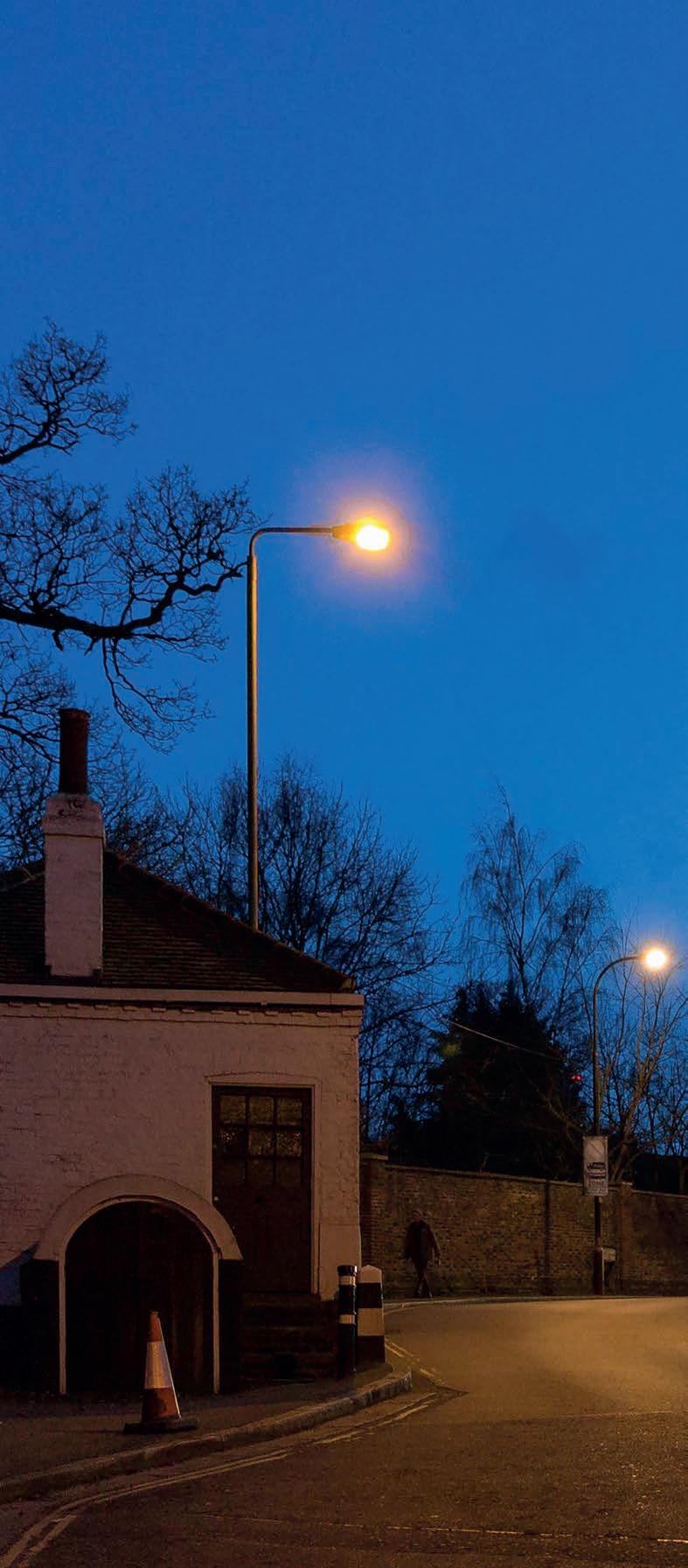
Raising spirits
A
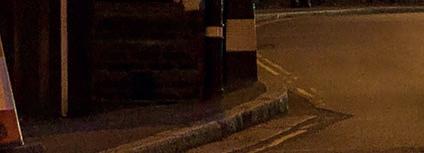
good pint of beer always tastes better over a tall tale. Join us as we search out England’s headiest pub hauntings
WORDS GAYNOR AALTONEN

Right: The Spaniards Inn, Hampstead, at twilight

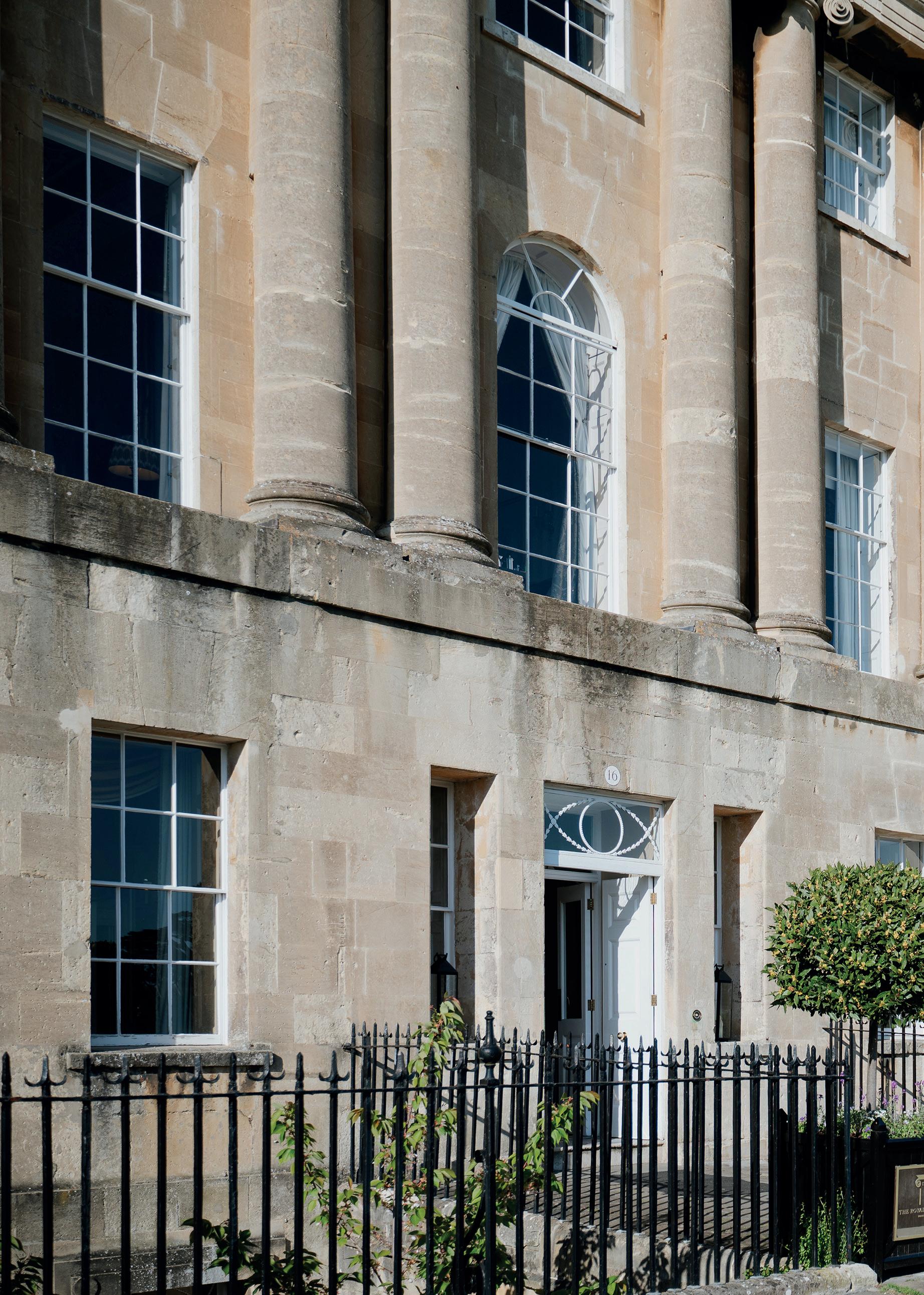
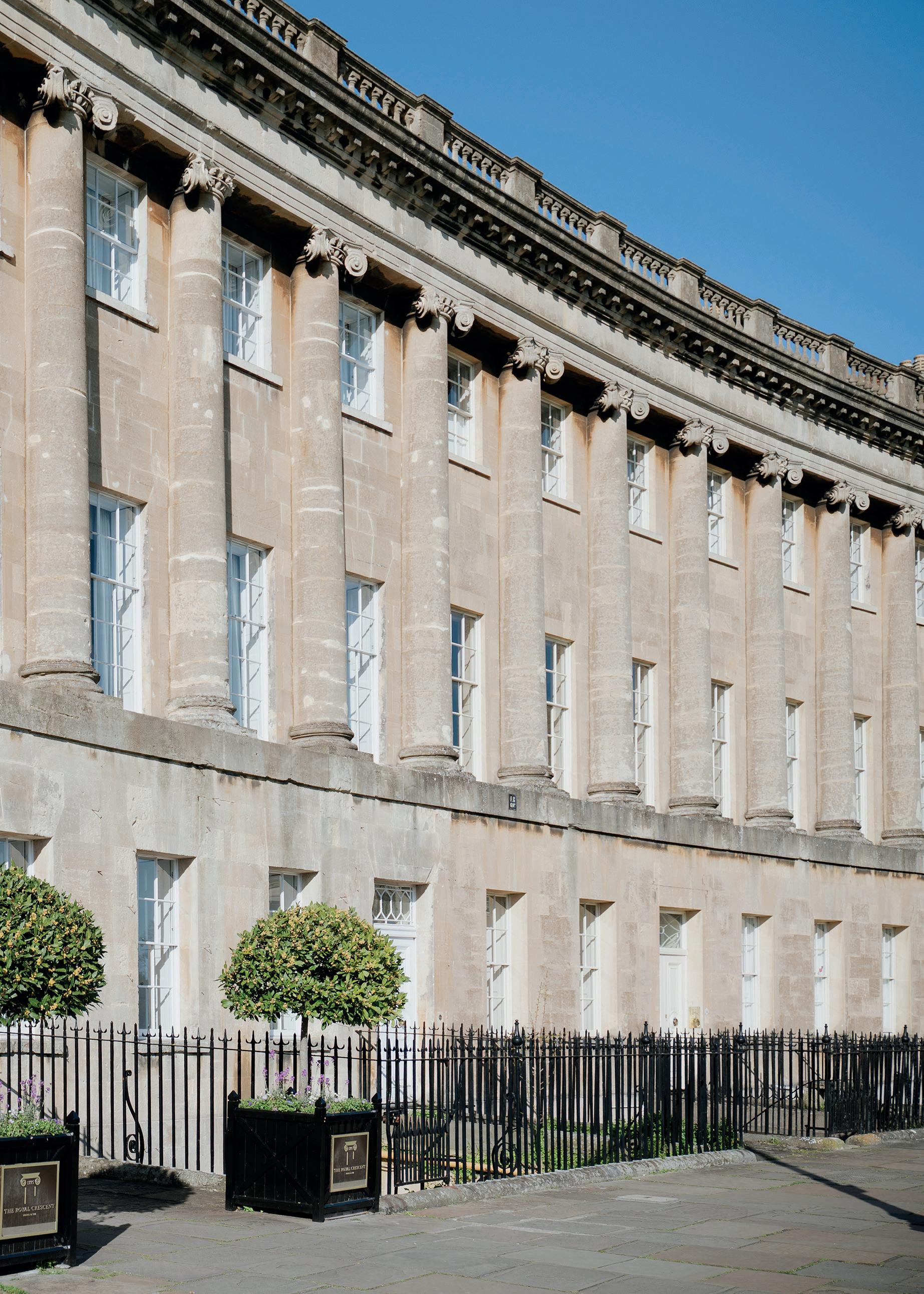
LANDMARK STAYS
These standout hotels offer front-row views of Britain’s most celebrated sights
WORDS JOE VALENTINE
A day with...
ANDREW JONES
The first private members’ clubs in London opened in the 17th century as places where like-minded individuals could socialise. The capital is now home to 133 such clubs, from the aristocratic Boodles (established 1762) to the arty Garrick (1831) and the Special Forces Club for intelligence officers (1945). The author of a new book, The London Club, gives us a rare glimpse behind closed doors .
What can readers expect from the new book?
Readers will be spirited around London’s most beautiful and private members’ clubs: 300 years of architecture, art and design. You will experience some of the grandest as well as some of the quirkiest clubs in London.
When did you first visit a London club?
I visited Brooks’s when I was 18. I was dazzled by the wonderful 18th-century pictures on the walls and charmed by the hum of cultured conversation, and how pillows had been laid out on sofas for members to nap.
Why do you think these clubs have flourished here?
London likes to socialise on a tribal, institutionalised basis. Clubs have waxed (up to about 400 in the late 19th century) and waned and waxed again and, with around 135 clubs, London has more clubs than any other city. Having started as a British invention for British people, clubs have more recently become reflective of the city’s cosmopolitan and social make-up. Numerous new clubs have opened over the last 30 years. There is a club for everyone – from hipsters to billionaires, via bishops, farmers and spies.
Some club rules are famously eccentric…
Were there any clubs that surprised you?
The London Sketch Club is a club for illustrators and cartoonists, founded in the days before photography had become the main form of illustration in newspapers. It comprises a studio for life classes and a tiny bar called The Sketchers’ Arms. It is filled with curious objects: a gaol door from Newgate Prison; a lamppost from old London Bridge; theatrical decorations for club rituals; and, all over its blood-red walls, the works of its members and memories of their antics.
Do you have a favourite?
I love the clubs I belong to but am also fascinated by those I could never join. Take The Flyfishers’ Club or a military club such as The Cavalry and Guards. I know as little about fishing as I do about fighting and yet (or because of that) those clubs, with all their collections and talk of fishing and soldiery, have an extraordinary allure for me.

When you step into a club, you enter a world with its own rules and traditions and, after a while, it all seems quite normal. The Academy in Soho is both nonconformist and generous – as encapsulated in this club rule: “Members who have the misfortune to be sent to prison will not be expected to pay subscriptions while inside and may resume the unused part of their subscription on release”.
How do the newer clubs compare to the more historic ones?
Historic clubs often have a formal dress code: no jeans or trainers, and gentlemen to wear a dark suit and tie. Contemporary clubs can be quite work-focused, while more traditional clubs forbid any form of business to be transacted, although many now have hidden rooms for members to work in.
Were there any memorable stories you uncovered along the way?
The Garrick Club has a glorious collection of artefacts relating to the theatre which is professionally curated and housed in a beautifully decorated clubhouse. These high standards are thanks to the club having inherited a quarter of AA Milne’s rights to his works (including Winnie-the-Pooh), and then selling these to Disney for £32 million in 2001. Before 2001, the club would buy its carpets second-hand from the nearby Savoy Hotel. A happy tale of rags to riches.
Why do you believe it’s important to preserve these clubs?
Clubs such as The Athenaeum, The Travellers or The Reform have astonishingly preserved interiors. In all three you will find furniture designed by the architect of the building 200 years ago, lovingly looked after and still in use. Very few historic homes or institutions are as intact.
Clubs provide intimacy in a metropolis allowing like-minded people to meet and spend time together. That is as valuable for an older person as it is for someone who might otherwise spend solitary days working in a bedroom or at the kitchen table.
Many traditional clubs belong to their members and so operate on a not-for-profit basis. You can read a book or have a chat without having to satisfy someone’s revenue target. Clubs are a precious antidote to the commercial world outside.
The London Club by Andrew Jones and Laura Hodgson is published by ACC Art Books (accartbooks.com).
